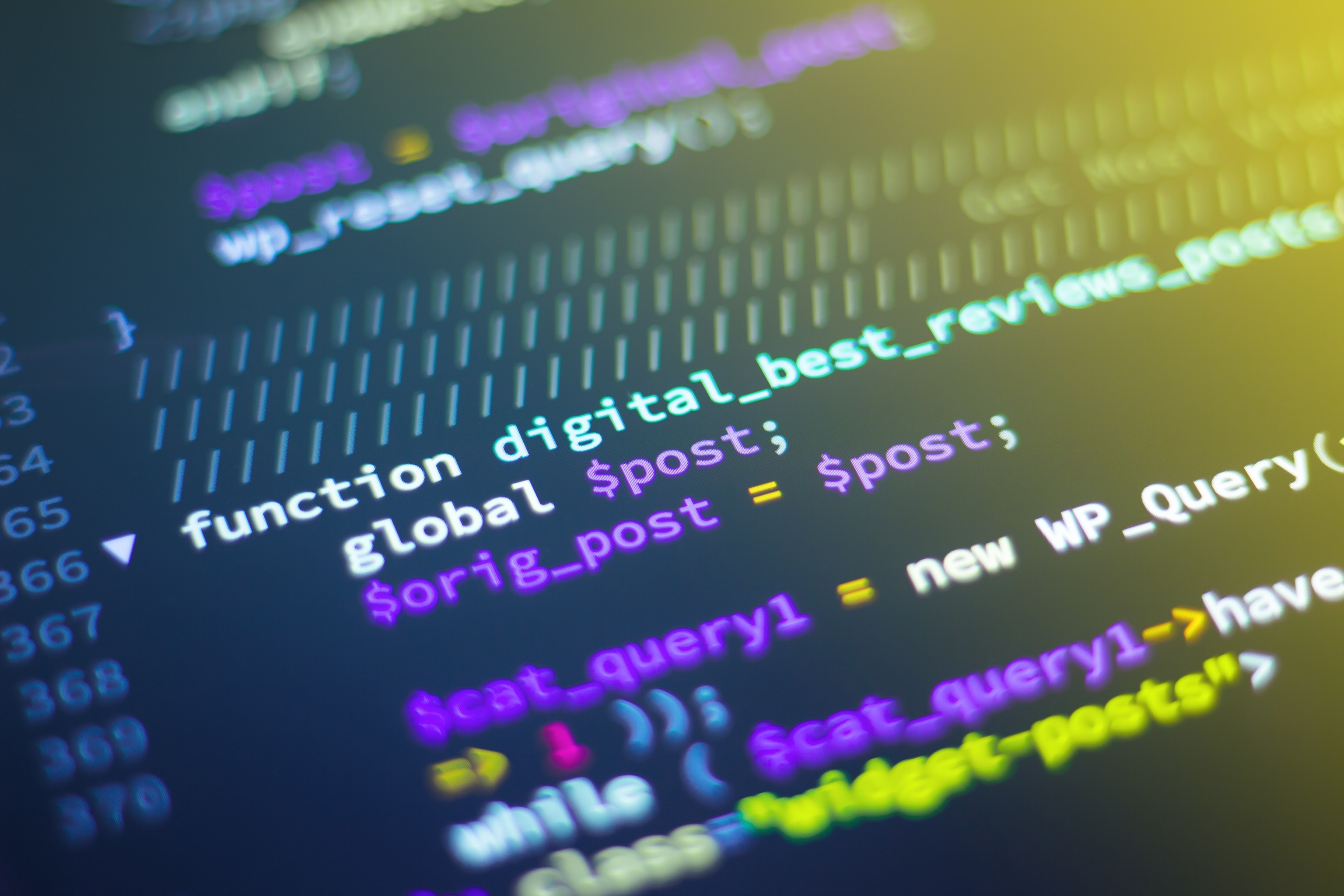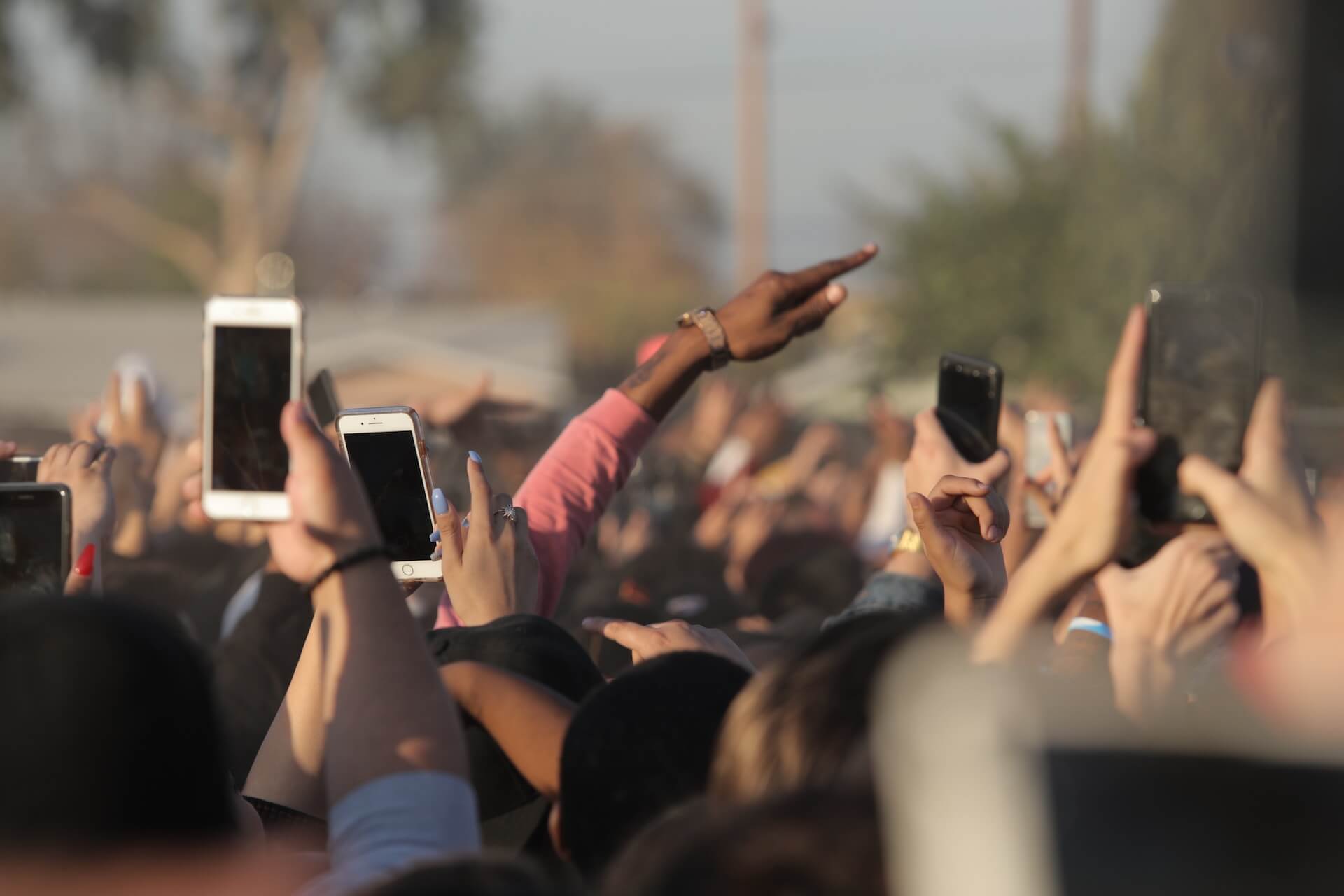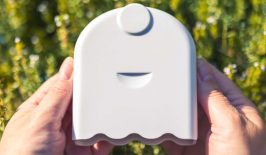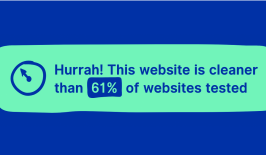Our digital world has a large carbon footprint. Every search query, every streamed video and every type of cloud computing, carried out billions of times around the globe, add up to a steadily growing demand for electricity. Already today, an estimated four percent of global CO2 emissions can be attributed to digitalisation — and the trend is rising.
At the same time, data traffic requires an infrastructure of servers, transmission technologies and lots of smartphones, laptops and other devices. This means that digitalisation not only has a high electricity demand, but also ensures a constantly growing consumption of resources for the production of smart tools and gadgets — which in turn leave behind large amounts of electronic waste at the end of their lives.
Even if the energy demand of our data traffic remains largely hidden from us, because it takes place in data centres and does not appear on any electricity bill, it does become visible in one place, namely in the frequency with which our smartphone is plugged into the socket.
Why we need to charge our smartphone every night
Most of us have probably already noticed that our user behaviour has a direct impact on how long our smartphone battery lasts. If you play, stream or videocall a lot, you can literally watch the battery drain, because moving images in particular are energy-intensive data monsters.
So far, so obvious. More hidden is the energy consumption of mobile data, GPS positioning, near field communication, WLAN and other services that are permanently switched on for most of us — regardless of whether we need the services or not.
The solutions for this are obvious: if you run fewer moving images via your smartphone, you also directly consume less energy. In addition, most wireless interfaces can be easily deactivated when they are not needed.
However, many people are unaware of what most of the energy is used for. “The lion’s share of energy consumption is due to the permanent data exchange of our gadgets with the network in order to access various services,” says Martin Kögler from the the Technical Research Centre in Finland. He conducts research on sustainable mobile phone use together with Mario Birkholz, with whom he runs a laboratory for bioelectronics at TU Berlin. “In addition, there are a large number of apps on the mobile phone that access these services and transmit personal data or telemetry data.” The apps do this at regular intervals in the background without us noticing — and we usually haven’t consciously consented to this hidden data transfer either.
Many of these apps are so-called operating system apps that are already pre-installed on the devices and to which we gave permission when we first set them up. In order to use our phones, we have to give Google, Apple and co. our consent so that they can access GPS, contacts and mobile data, among other things. At the same time, individual users become identifiable as soon as e-mail, telephone number and IMEI (International Mobile Equipment Identity, the identification number of the individual mobile phone) are entered. “In the meantime, there are some scientific publications that prove the time interval at which telemetry data is sent to Google or Apple. Shockingly, it is on average every four and a half minutes,” says Kögler.
But these are not even all the reasons why the battery is usually empty at the end of the day. A whole industry of data collectors has built so-called trackers into many popular apps. “For example, the VBB app has two trackers, Spotify six and the Tagesschau four. Some of these trackers have access to the camera, microphone, contacts, location and calendar. Even when the app is closed and flight mode is switched on, the apps collect data in the background. As soon as flight mode is switched off again, the data is sent to backend servers of the respective tracking companies,” says Kögler. Alphabet, Apple, Facebook, Twitter and Microsoft are part of the largest tracking companies and have a vested interest in tapping the data of all other apps on our devices. To do this, the companies exchange personal user data with each other using cookie synchronisation (CSync).
Which trackers are running on my phone?
Under Exodus Privacy you can see which apps use which trackers and which components of your smartphone they access. You can also find more good advice on the data requests page.
“Tracking the resulting energy consumption is hardly possible with the current mobile phone operating systems, as apps that could measure this more precisely are untraceable or non-existent,” reports Martin Kögler. “In an older study from 2015, 20 students were given the same type of mobile phone together with software that determined energy consumption over a total of 623 days in addition to tracking behaviour. It was found that social media apps in particular consume the most energy, interestingly even when the user is no longer actively using the apps at all.”
What can I do against tracking?
Once trackers are installed, it is not easy to get rid of them. Therefore, it is best to prevent trackers from transmitting personal data right from the start.
A freely available Android app that restores privacy is the app “TrackerControl“. However, the app is not offered in the major app stores, but only at the alternative open-source stores F-Droid or Aurora-Store.
The best protection, however, is to use an alternative mobile phone operating system that can be designed according to one’s own wishes and with which app trackers can be excluded. Even though they are almost unknown to the general public, there are alternative operating systems for Android devices that can be installed subsequently. This is not possible for Apple devices. Information and installation or download instructions for alternative operating systems can be found on the internet, for example for the Linux-based operating systems SailfishOS (a further development by former Nokia employees from Finland), Ubuntu-Touch, Plasma Mobile, PostmarketOS and also the numerous custom ROMs for Android-based alternatives such as /e/OS or LineageOS.
“SailfishOS, Ubuntu-Touch and also /e/OS are fully mature smartphone operating systems that have existed on the alternative market for more than ten years,” says Kögler. “Unfortunately, the political, social and market-influencing power of Google and Apple is so strong that alternatives are not given a chance worldwide and in the EU, even though the EU could use them to make itself independent of the USA and China – if it wanted to.”
Smart charging
In a majority of households, smartphones are plugged in at night. However, charging the mobile device to 100 percent every night has a negative effect on the longevity of the batteries — and over time we have to recharge them earlier and earlier. On the other hand, experts advise that we should only ever charge the battery to 80 percent and never discharge it to less than 20 percent.
How to reduce your digital footprint
Internet use in the private sphere is still responsible for the most data flows worldwide. But each and every one of us can do something to reduce our own digital footprint. Here you can find tips!
However, we have to take smart charging into our own hands. There are already setting options, but only with alternative operating systems. With Google and Apple, these settings are very well hidden and only work to a limited extent. “Unfortunately, in our test, the mainstream operating system manufacturers are not very interested in the user charging his mobile phone ‘smartly’ or finding out why the battery is empty at the end of the day,” reports Martin Kögler.
“Alternative mobile phone operating systems, on the other hand, offer overcharge protection and keep the battery at a defined threshold. In addition, battery conservation and a so-called ‘ageing protection’ can be set so that the system acts in a resource-saving way during use.”
Only the current Google Android version 13 allows overcharge protection, which is also adhered to. With the current Apple operating system, an upper capacity limit can be set, but Martin Kögler and his colleagues have found that this is not adhered to. So there is a great need for improvement on the part of the manufacturers.
Your data, your rights!
The fact that we have so little control over the devices we use every day shows once again how dependent we are on internet companies. But the more digitalisation penetrates all areas of life, the more important it becomes that we regain more control over our data. After all, even smart televisions and networked washing machines collect personal data that is analysed by internet companies worldwide. This is worrying, among other things, because many of these data collectors are located in the USA and China, where data protection is handled extremely casually.
It is therefore essential that everyone is free to decide which data can be shared with whom and which operating system they use. Google already makes it difficult for most mobile phone manufacturers to freely choose an operating system because they then have no access to the PlayStore. “What many don’t know is that you don’t really need it, because all the popular apps are also available in alternative stores or there is an alternative app for it, even without a tracker,” Kögler said.
“Unfortunately, these rights and also the General Data Protection Regulation are being massively undermined. Because the underlying technical things are very complex, political frameworks can only have insufficient influence and the current situation is being exploited by the internet giants.”
Since it is not to be expected that manufacturers will regulate themselves in their business with data and licences, a strong political framework is needed that guarantees users sovereign handling of their own data and devices.










